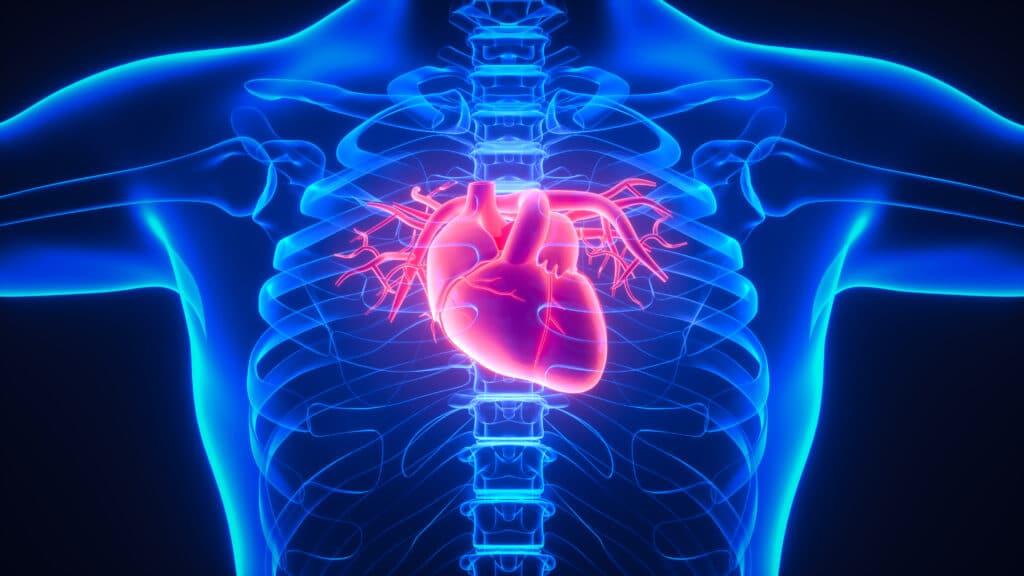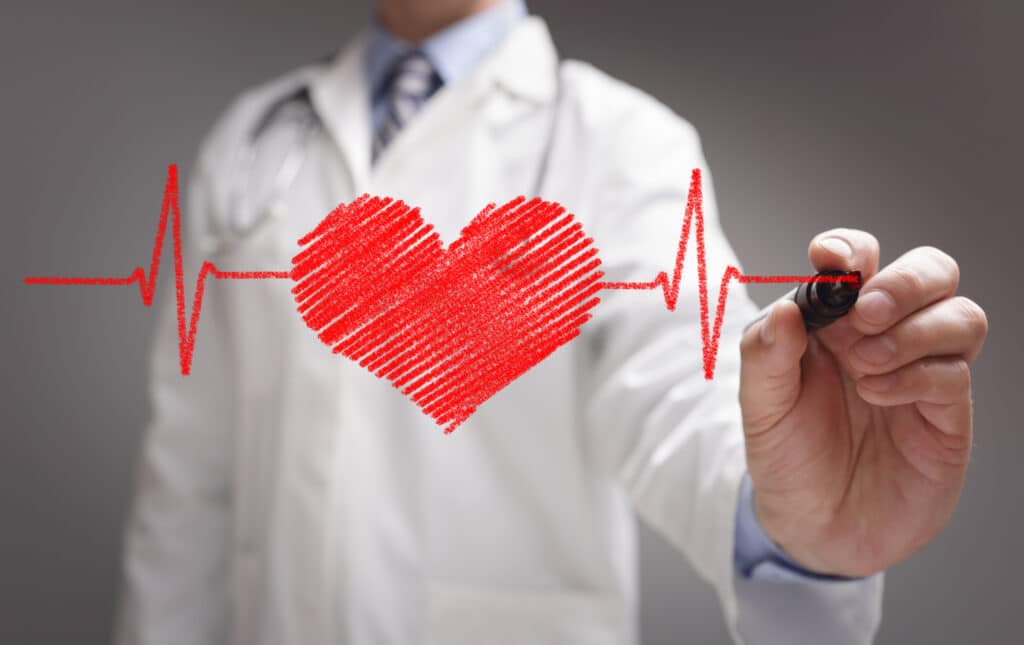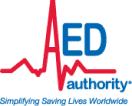Cardiac Arrest
Cardiac Arrest

Sudden Cardiac Arrest & Early Defibrillation
The only effective treatment is to deliver an electrical shock using a device called a defibrillator (to de-fibrillate the heart), which stops the chaotic rhythm of a heart in VF, giving it the chance to restart beating with a normal rhythm.

Sudden Cardiac Death is Survivable!
Sudden cardiac arrest (SCA) is a condition in which suddenly and unexpectedly the heart stops beating due to a malfunction in the heart’s electrical system. The malfunction that causes SCA is a life-threatening abnormal rhythm, or arrhythmia. The most common arrhythmia is ventricular fibrillation (VF). When in VF, the heart’s rhythm is so chaotic (called “fibrillating”) that the heart merely quivers, and is unable to pump blood to the body and brain. Once a heart has entered VF, sudden cardiac arrest occurs. A victim in SCA first loses his or her pulse, then consciousness, and finally the ability to breathe. But all of this happens quickly – in a matter of seconds. Without immediate treatment from a defibrillator, 90-95 percent of SCA victims will die.
The only effective treatment for SCA is to deliver an electrical shock using a device called a defibrillator (to de-fibrillate the heart), which stops the chaotic rhythm of a heart in VF, giving it the chance to restart beating with a normal rhythm.
- The American Heart Association (AHA) states that 350,000 Americans die each year from sudden cardiac arrest (SCA), of those approximately 7,000 are children.
- When SCA occurs, the AHA recommends defibrillation within 3-5 minutes, or sooner. On average, EMS teams take 6-12 minutes to arrive.
- Survival rates drop 10% as each minute passes without defibrillation. While the national SCA survival rate is 5-10%, studies have shown that defibrillation within 3 minutes raises the survival rate to 74%. Timing is everything.
- An Advisory Statement from the Pediatric Advanced Life Support Task Force (PALS), International Liaison Committee on Resuscitation (ILCOR) states: Automated external defibrillators (AEDs) may be used for children 0 to 8 years of age who have no signs of circulation.
An AED is a small, portable device that analyzes the heart’s rhythm and prompts the user to deliver a defibrillation shock if it determines one is needed. Once turned on, the AED guides the user through each step of the defibrillation process by providing voice and/or visual prompts. AEDs are specially designed for easy use by any “first responder” who arrives on the scene of a medical emergency. A “first responder” can be an emergency medical services worker, a firefighter or police officer, or it can be a layperson with minimal AED training.
Once an AED is turned on, it provides prompts to guide the user through the process. One of the first prompts instructs the user to connect the AED to the victim via the adhesive electrodes (pads) placed on the chest. The AED then analyzes the victim’s heart rhythm through the electrodes using a built-in software program. It then determines if a shock is necessary. More specifically:
- The electrodes (pads) placed on the victim’s body send the heart rhythm information (ECGs) to the AED.
- The AED “reads” short segments of the heart’s rhythm. It checks characteristics such as frequency, shape, slope, amplitude and heart rate.
- Based on these characteristics, the AED determines whether or not a shock is needed and activates the appropriate user prompts.
If a shock is needed, the AED will prompt the user to press the button that delivers the shock (some AEDs automatically deliver the shock). The responder will then be prompted to administer CPR for approximately 2 minutes. The AED will then re-analyze the heart rhythm to determine if more shocks or additional CPR is needed.
